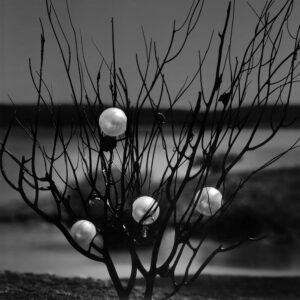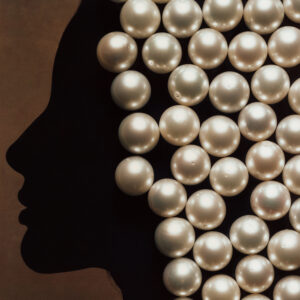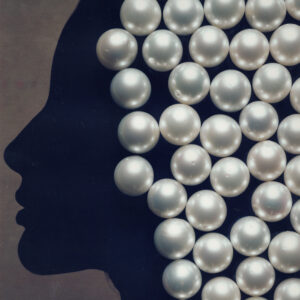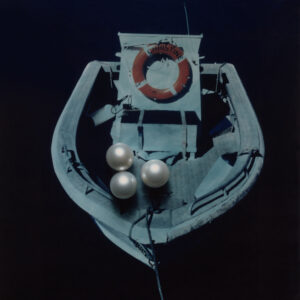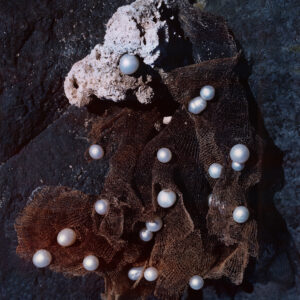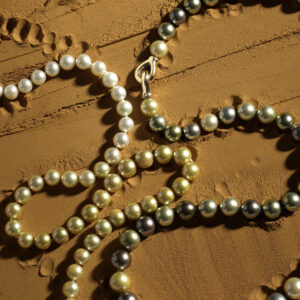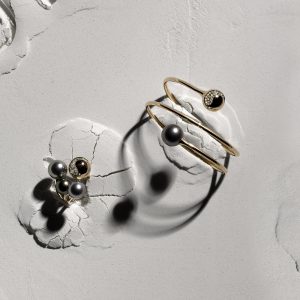PEARLS IN HISTORY
“Dew drops from heaven – a fascinating union between tears of goddesses and rays of moonlight – a precious jewel and a companion for life”

Pearls have fascinated men and women throughout the ages.
They are mysterious and captivating, in their origin, inside the body of an animal, and the fact that they are ready to be worn and admired without any treatment as soon as they are extracted from their shells.
Gems of the sea of perfect or irregular shapes, they have been worn as a talisman of happiness or a symbol of love, power and purity.
In Ancient Greece pearls were the gems of marriage. They believed that pearls brought happiness for the groom and that they protected the bride from tears. Venus, the goddess of love and beauty, was born out of the white foam of the sea in a seashell. In the Middle Ages pearls represented the love of God. In the gospel it is a symbol of spiritual knowledge.
There are various records over the centuries of historical figures who would wear pearls as a symbol of power, domination or nobility. In India the Maharajah Rana of Dholpur was so passionate about these gems of the sea that he became known as the “prince of pearls” Queen Margherita of Italy, who was known as “the queen of pearls”, used to wear large items of pearl jewellery that she considered to be her lucky charms. In the Renaissance royalty, for example Elizabeth I, and the aristocracy used to decorate their hairstyles and their clothes with pearls as they were considered a symbol of nobility. During the Golden Age in America pearls were a symbol of power and wealth for American industrialists.
There are various records over the centuries of historical figures who would wear pearls as a symbol of power, domination or nobility. In India the Maharajah Rana of Dholpur was so passionate about these gems of the sea that he became known as the “prince of pearls” Queen Margherita of Italy, who was known as “the queen of pearls”, used to wear large items of pearl jewellery that she considered to be her lucky charms. In the Renaissance royalty, for example Elizabeth I, and the aristocracy used to decorate their hairstyles and their clothes with pearls as they were considered a symbol of nobility. During the Golden Age in America pearls were a symbol of power and wealth for American industrialists.

Pearls even feature in legends. It is said that Cleopatra, having made a bet with Mark Anthony that she could consume the wealth of an entire nation in one meal, dissolved a pearl earring in a glass of vinegar and drank it.
In the Middle East people used to think that pearls were created when rays of moonlight encountered the tears of goddesses. As legend would have it, on a night with a full moon, molluscs would rise to the surface of the sea attracted by the moonlight and, lulled by the waves of the sea, they would open up to collect the tears of goddesses.
Even today many works of art, paintings and books are still inspired by pearls, demonstrating the timeless charm of this gem. Be it as recorded in History, explained by Science or narrated by legend, pearls always express a unique form of beauty. UTOPIA is committed to making this experience available to everybody.
Even today many works of art, paintings and books are still inspired by pearls, demonstrating the timeless charm of this gem. Be it as recorded in History, explained by Science or narrated by legend, pearls always express a unique form of beauty. UTOPIA is committed to making this experience available to everybody.


